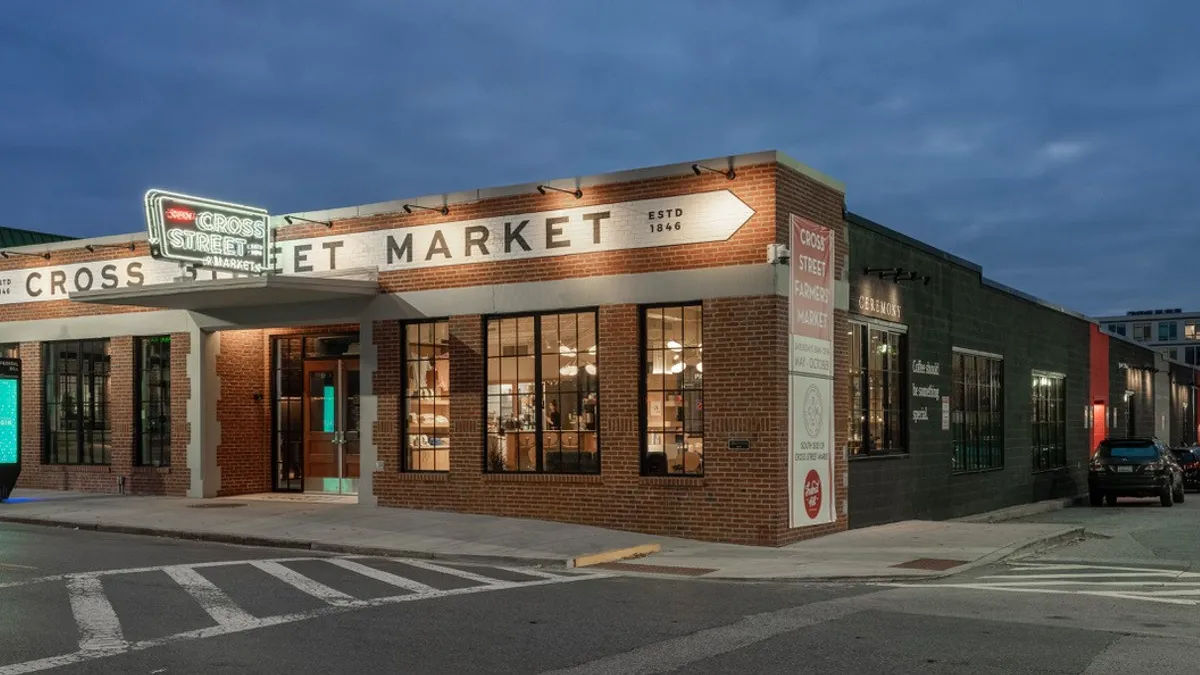A Lutherville, Maryland-based general contractor just posted its largest backlog in company history.
MacKenzie Contracting’s construction arm projects its 2023 revenue to hit $48 million, an increase of about 45% from last year, according to Marty Copsey, its president and chief operating officer. The construction firm specializes in healthcare, retail, office and senior living projects.
That mirrors an overall industry trend. Construction backlog increased 0.2 months to 9.2 months in February, hovering around highs not seen since the start of the pandemic, according to Associated Builders and Contractors.
But while backlog remains at a historically elevated level, fading economic momentum could hamper both the future construction pipeline and confidence.
Here, Copsey shared his concerns with Construction Dive that continued rising costs of materials and labor, combined with unsettled interest rates, might stall certain projects.
Editor’s note: This interview has been edited for clarity and brevity.
CONSTRUCTION DIVE: What are some major headwinds that could put a dent on MacKenzie’s strong backlog?
MARTY COPSEY: With many companies embracing remote or hybrid work arrangements, there has been a dramatic decrease in office construction. In the Baltimore-Washington, D.C. region, this has been offset by robust activity in the medical, healthcare, education, retail and senior living categories.
Retail is growing with quick serve restaurant chains including Raising Cane’s and Bojangles now entering the Greater Baltimore market.

Senior living is a market that does not see any down time, and in Maryland, there is definitely a senior moment occurring now.
The Silver Tsunami is in full swing with more than three million people retiring on an annual basis and that also translates to more people entering senior living facilities and retirement communities. These projects are packed with amenities.
The most challenging issues we currently face are learning to navigate the new normal with regard to longer lead times for materials, unpredictable pricing and labor shortages. The industry is currently strained by this.
What is the sentiment on materials pricing? Is the expectation that this will get worse before it gets better?
Some materials such as lumber and steel are leveling out, while other material costs are continuing to creep up. Copper piping has increased more than 10% since the start of the year.
Lead times continue to be a challenge, led by electric panels and switchgear which take 26 to 30 weeks for delivery while rooftop air handling units are 48 to 52 weeks for delivery. Also, solid wood core doors are taking 20 to 24 weeks to obtain.
Ongoing communication with the customer, as well as anticipating problems, is always the key in avoiding potential delays.
I’m hearing from others in the construction industry a rising concern around financing for construction projects. Is that an issue MacKenzie sees happening as well?
Construction financing is harder and more expensive to obtain. Rising interest rates along with increased materials and labor costs are sidelining some projects already underway as well as stalling the start times for some new construction projects.
We are involved in smaller scale projects and interior renovations that are not seeing a drastic effect from rising interest rates and costs right now. But that can also change overnight.
Are there any other trends going on in construction you feel are important to mention?
Initiate architectural design services earlier to plan for the current elongated construction timelines.
Also, the growing presence of women in the workforce is being felt. Women now comprise nearly 11% of the workforce at a construction site in the United States, and women working in construction and trade earn 30% more than those working in more traditional, women-dominated jobs.
Additionally, construction companies that employ women have a 25% possibility of achieving above-average profitability, compared to firms without women. MacKenzie Contracting Company is doing our part with a workforce that is approximately 30% women.















